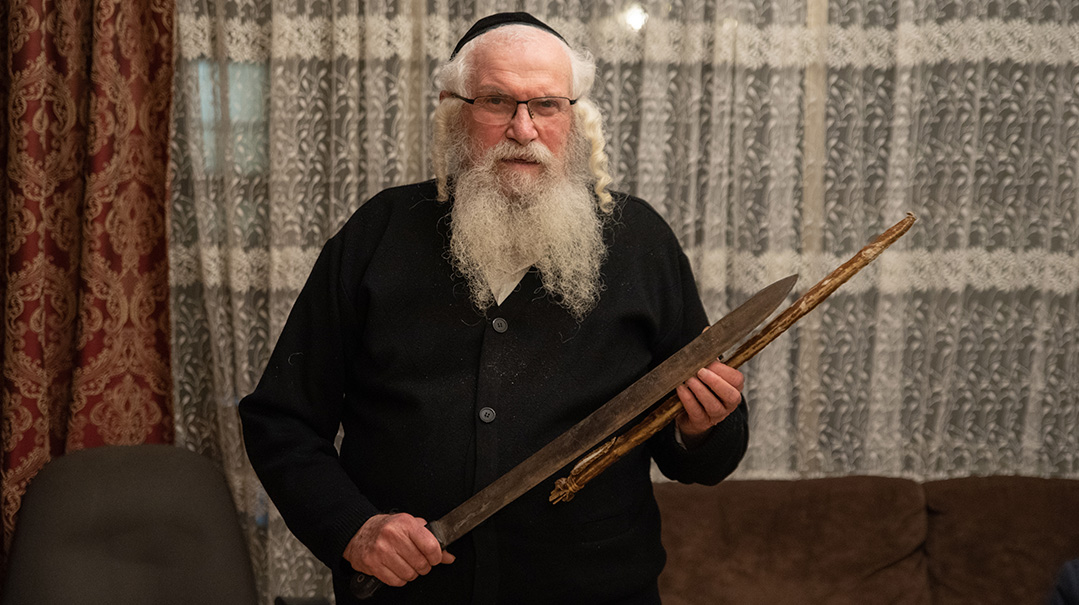Out of Africa
| May 3, 2022It took a detour through the jungle to bring Asher Fraifeld back home

Photos: Yinon Fuchs, Personal archives
T
he seemingly endless Nigerian jungle gave way to a breathtaking savannah covered with overgrown yellow grass, as a lone vehicle negotiating the dirt track swerved aside and came to a halt in the muddy soil. A young Israeli surveyor and project manager named Hadass Fraifeld ordered his loyal African guide to wait a few minutes while his eyes scanned the terrain, looking for suitable ground for the roads whose construction he would be overseeing for the next few years.
It was 1974, a few short years after the Nigerian-Biafran War fought between the government of Nigeria and the secessionist state of Biafra ravaged the country. About two million Biafrans died of imposed starvation, as images of malnourished Biafran children with bony legs and bloated stomachs saturated Western media and the plight of the starving Biafrans became an overriding humanitarian issue.
Fraifeld was sent to Nigeria by Israel’s largest building and engineering company, Solel Boneh, as part of an effort to rebuild the country. (Solel Boneh had quite a few African contracts, including building the airport terminal in Entebbe, Uganda, where the Israeli hostages were held in 1976, a fact that providentially aided the Israeli rescue.) But now, he hadn’t taken more than a few steps before he heard an ominous rustle coming from the direction of a tree a few feet away.
Suddenly, a black panther leapt out of the tree, and Hadass’s blood froze. He looked at the panther without moving, praying for a miracle. “If it pounces,” he told himself, “it’s all over.”
But then, the panther sat down, keeping a steady eye on the jungle intruder, and abruptly lost interest in this strange two-legged creature, turned around, and disappeared into the bush. Hadass remained rooted in place for a few seconds, waiting for the panther to get out of range, before sprinting in the direction of the car.
The guide was watching the interaction, machete drawn, ready to jump to his employer’s aid had the panther attacked. He grinned broadly at Hadass and called out in perfect English: “Welcome to Africa.”
Oops! We could not locate your form.







